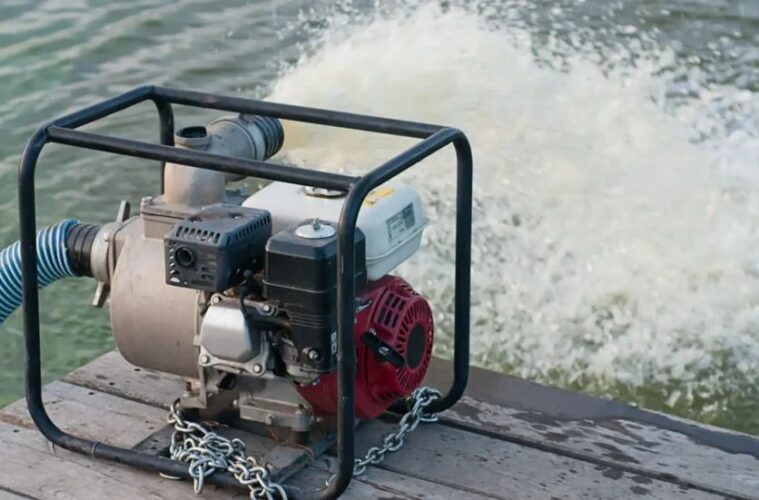Pumps for water suction work are vital tools for moving water from one location to another. These devices find applications across many settings like homes and construction sites. We will dive into what water suction pumps and how they operate. Some essential maintenance tips to keep them running smoothly will also be there for your help.
What is a Water Suction Pump?
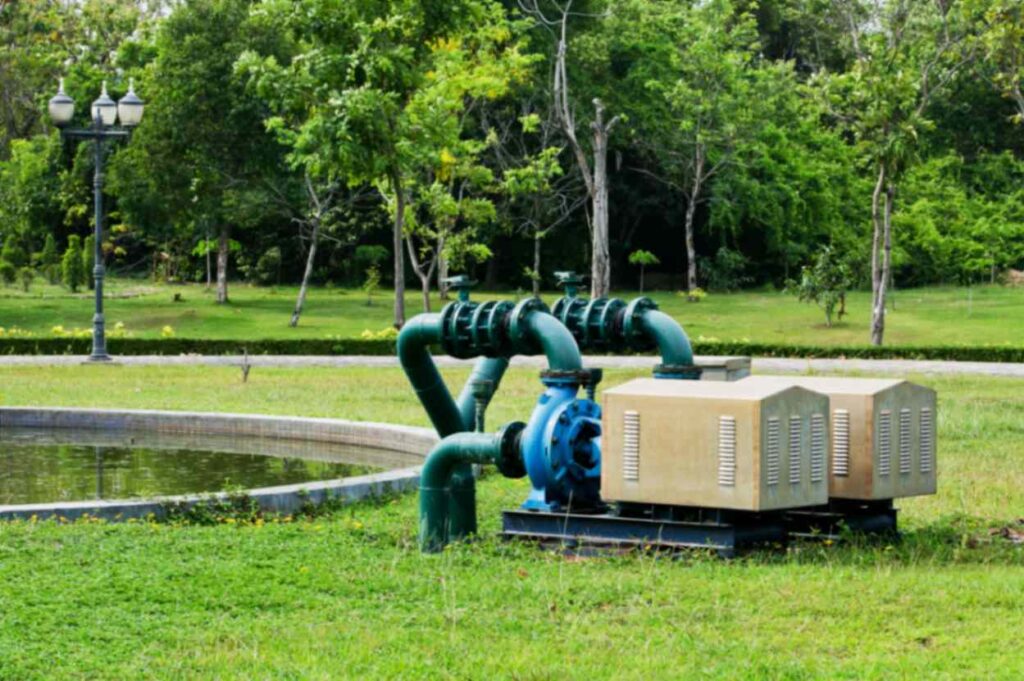
Types of Water Suction Pumps
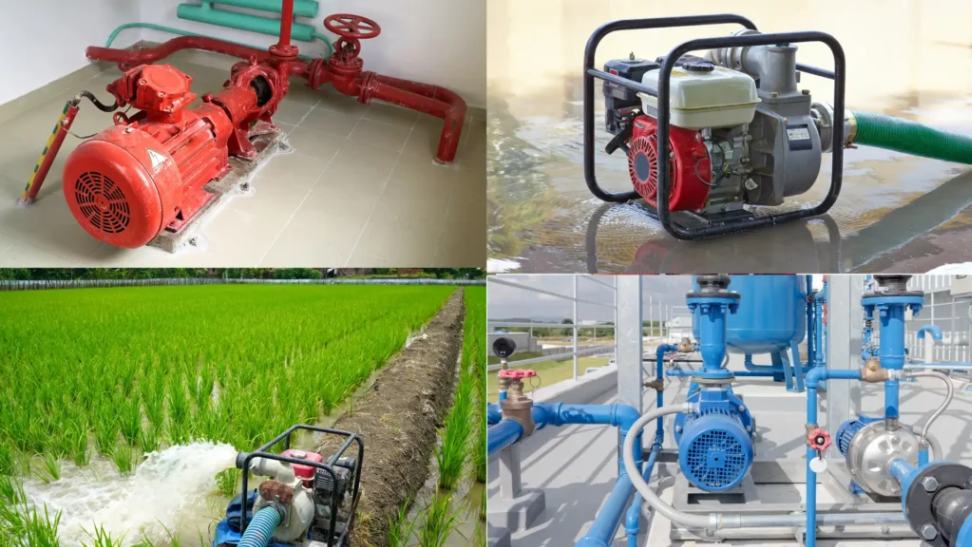
Source – daepumps
You can have many varieties of water suction pumps with unique features but use them differently according to best-use scenarios.
Centrifugal Pumps
The most common centrifugal pump, using an impeller to move water very efficiently, is ideal for high-volume water transfers and is commonly used where rapid movement is necessary.
Submersible Pumps
Submersible pumps are designed for underwater use, making them useful for either wells or emergency dewatering in flood situations. They are versatile, providing reliable service in both residential and commercial applications.
Jet Pumps
Jet pumps are effective for extracting water from deep wells using high water pressure to generate powerful suction. They are usually used in rural or agricultural areas where deep well extraction of water is practiced.
Diaphragm Pumps
Diaphragm pumps are fitted with a flexible diaphragm. It thus appears that this pump is best suited to pumping water containing dirt or small debris. Very useful when water quality is potentially poor.
High-Suction Water Pumps
High-suction pumps are made for extreme depth and long-distance water movement. Industrial uses favor high-suction pumps due to their ability to move water from difficult depths, such as deep wells or distant sources.
How Water Suction Pumps Work?
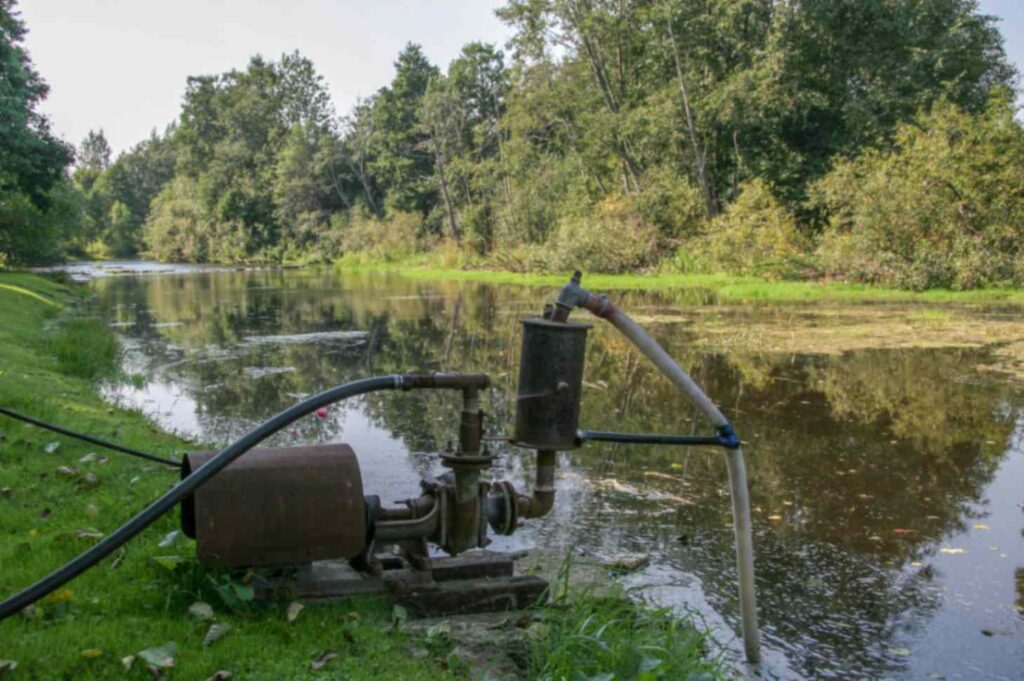
Common Applications of Water Suction Pumps
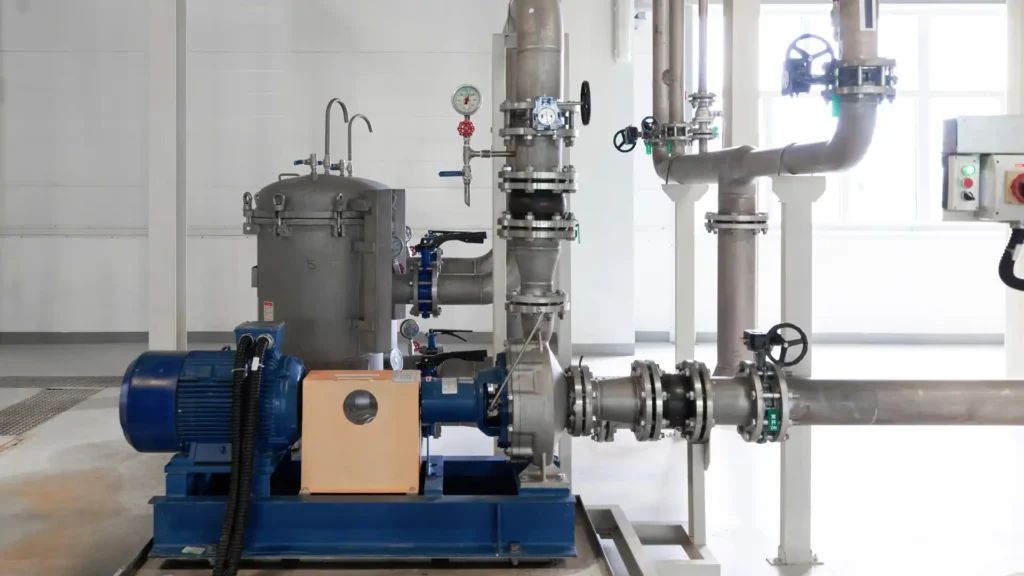
Source – daepumps
Water suction pumps are very versatile and useful in the following sectors. Here’s how you can put them to good use:
Home Use:
You can install water suction pumps in your basement to prevent flooding. They also come in handy when keeping your swimming pool in great condition and ensuring other house water systems flow with maximum efficiency.
Agriculture:
They depend on these pumps to ensure irrigation, nourishment of the livestock, and efficient handling of water on your fields.
Construction:
At a construction site, you always find yourself using high-suction pumps to remove extra water from the areas of excavation so that your workplace environment remains dry as well as safe.
Firefighting
As a firefighter, you quite often use powerful water suction pumps that draw water from natural or municipal sources, very crucial during your emergency response.
Industrial Applications
You apply these pumps in many industries for cooling, waste-water management and in transporting liquids while carrying out other manufacturing processes.
Maintenance Tips for Water Suction Pumps

Source – cloudfrontgharpediabucket.gharpedia
To maximize the lifespan and efficiency of your water suction pump, follow these essential maintenance tips:
- Regular Cleaning: Clean your pump after each use, especially if it’s been pumping dirty or debris-laden water, to prevent clogging and wear.
- Leak Inspections: Routinely check for leaks, as they reduce pump efficiency and can cause additional wear.
- Lubrication: Some pumps require regular lubrication to function smoothly; consult the pump’s manual for specifics.
- Winterizing: If you live in a cold climate, drain your pump before winter to prevent freezing damage.
Regular Checks: Regularly check the pump for any signs of wear or damage. It saves on big problems a bit farther down the road by identifying small ones early.
Professional Servicing
Schedule an annual check-up by a professional to spot and prevent issues you might miss when heavily used.
Conclusion
Water pumps are very reliable tools for storage and processing of the water resources. You can make it possible by understanding its different types and the selection of the right equipment. Make sure you maintain it properly to expand its lifespan. Always keep safety and environmental responsibility in mind to ensure your water suction pump serves you well for years to come.

